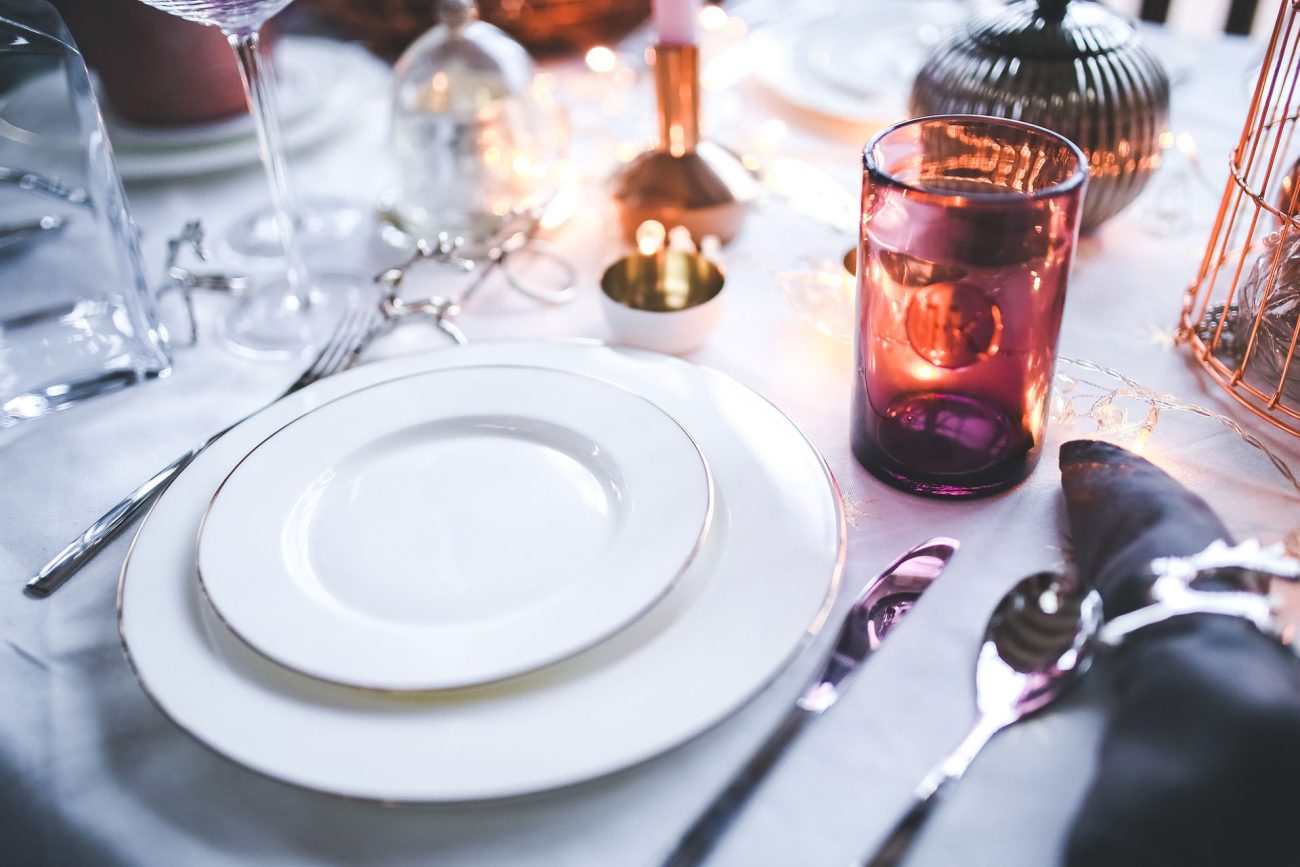Latin wines, today’s standard bearers

Although Georgia, Phoenicia (modern-day Lebanon) and Greece are credited as the birthplace of wine, Italy, France, Spain and Portugal quickly took the lead in worldwide viticulture. These four Latin European countries entrenched their viticultural supremacy through the advent of Christianity, the establishment of monasteries in Western Europe over the first millennium, and their conquest of the other continents in the second millennium. The clergy’s biblical message advocating wine consumption helped them secure control of winemaking over fifteen centuries.
Italy, France, Spain and Portugal are today the countries that produce the most popular and sought-after wines. Their different viticultural regions have one thing in common: all were built by Cistercian, Benedictine, Carthusian or Franciscan monks. These monks were tasked with managing farms for the local lords, and their efforts are the reason that the term cru—which comes from the French verb croître (to grow)—is today associated with excellence in wine.
It wasn’t until the uprisings of the Renaissance and especially the civil revolutions at the end of the 18th century in Europe, particularly in France, that the farming and viticultural land was redistributed to the populace. The wine trade had until then, with just a few exceptions, been strictly domestic. International commercialization is what ultimately led to the democratization of wine.
It’s interesting that cities like Dijon, Lyon, Turin, Florence, Barcelona, Lisbon and Coimbra are not known for winemaking. Instead, this distinction is reserved for the towns that border these major cities, villages that would be almost unheard of if they had not been elevated to the level of cru!
Today’s top wines whose names instantly evoke excellence, such as Vosne-Romanée, Aloxe-Corton, Barbaresco, Barolo, Chateauneuf-du-Pape, Saint-Émilion and many others, were almost exclusively consumed by local lords. Some would occasionally drink wine from distant lands, offered as a gift by a prestigious foreign guest or diplomat. However, these are only anecdotes provided by the occasional secretarial record and did not lead to any established trade.
Initially, the wines sent to be sold thousands of kilometres from their origin were wines rejected by the elite who found them acrid, sour or unpalatable. The monks were the ones who found a way to fix, improve and, above all, sell these discards. The results were Porto, Madeira, Jerez, Malaga, Marsala, Rivesaltes and other sweet wines, created by adding sugar and brandy to bad wine, transforming it into good, even desirable, wine. The Portuguese, Spaniards, Italians and French shared this development through their monastic orders, while the British took over the trade.
In the mid-18th century, brandy from either fruits or plants was used to amend wine. Two hundred years later, chemical and systemic products from government-funded laboratories took over the role. The ecological revolution was a long time coming; millennials prefer imbibing “natural wine,” considered healthier. This millennium heralds a return to wine’s Latin roots: organic and biodynamic wines are flourishing and 20% of worldwide wine production is projected to be organic by 2030.
These days, grape vines can grow in any soil and at any latitude, with excellent wines even emerging in countries that are not naturally associated with wine production such as England, Canada, Belgium and Poland. Despite such advancements in wine, the original secrets to better wine will always be found in the writings of medieval monks, themselves inspired by Latin sources.
Writer: Guénaël Revel
Cover: © Adrien Olichon







